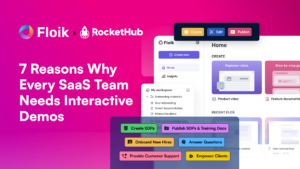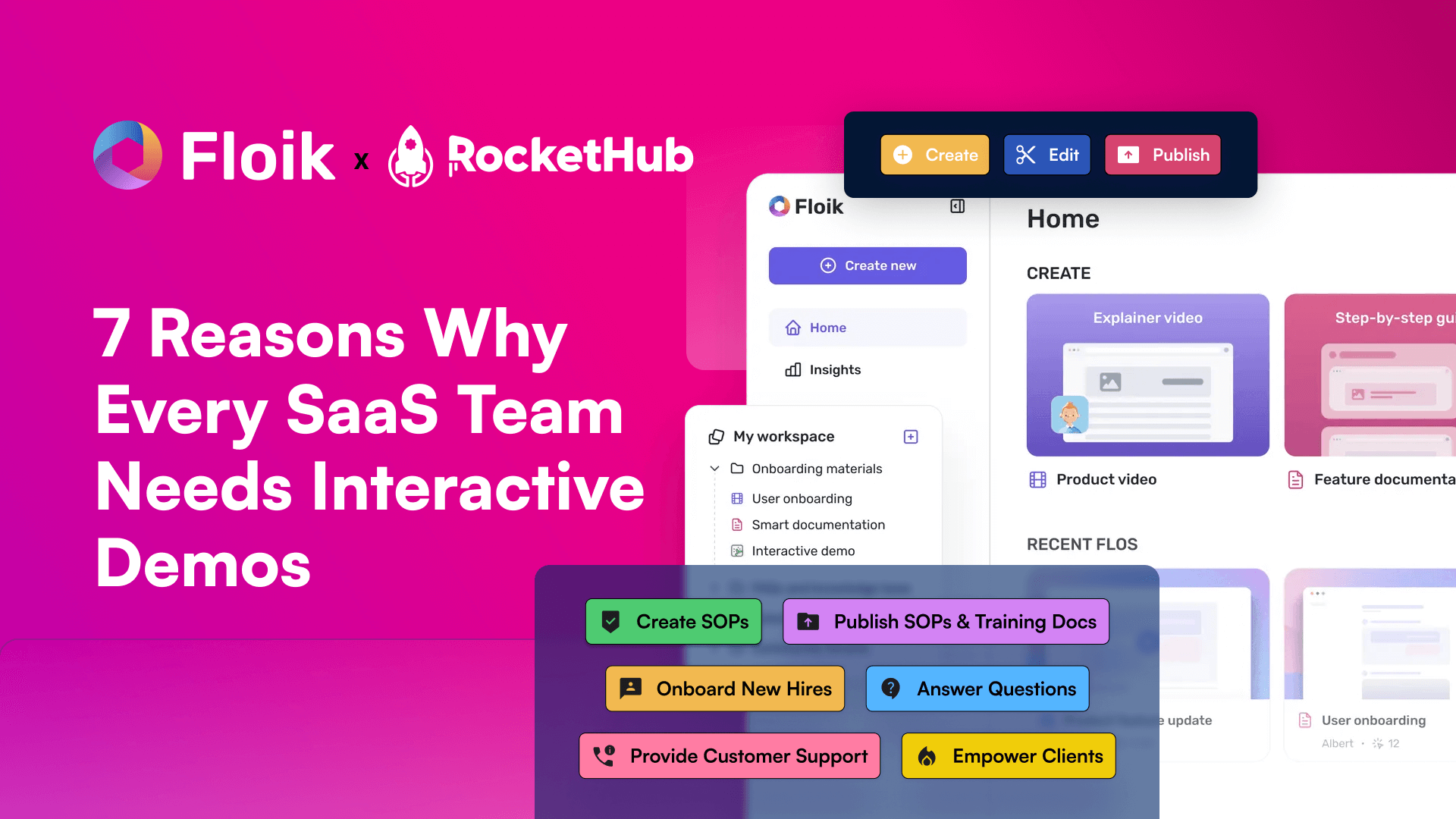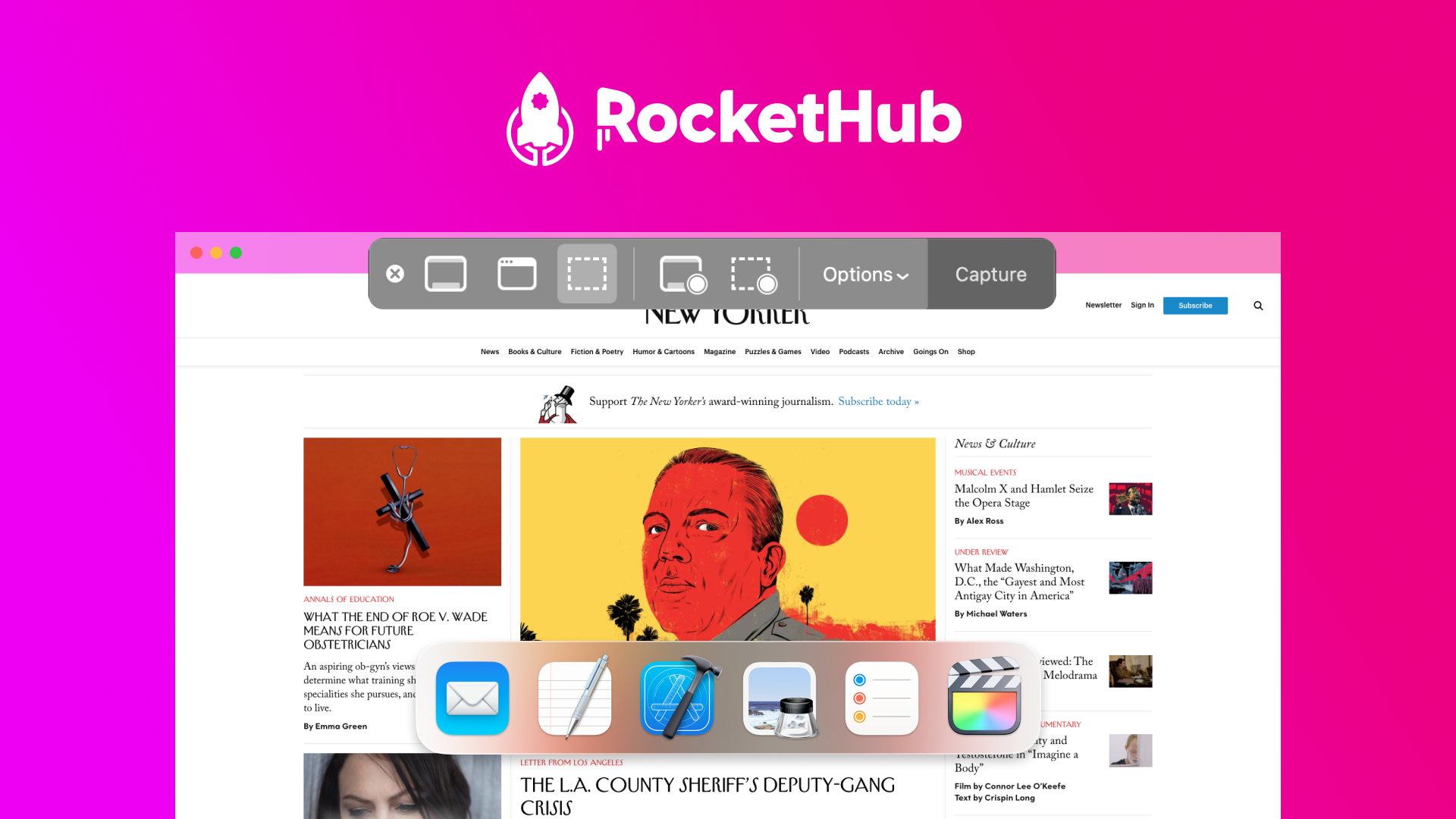
Creating a Strong SaaS Brand in 2023
- Angel Alfred
- January 26, 2023

A strong brand is essential for any business looking to build a successful presence in the Software as a Service (SaaS) industry. With the increasingly competitive landscape, it is even more important for organizations to create a distinct and recognizable brand that stands out from the crowd. A clear, consistent, and engaging brand helps companies to reach new customers and create a sense of loyalty among their existing base. In this blog post, we will explore the key elements that go into creating a strong SaaS brand, and look at some of the best practices for developing, launching, and sustaining a unique, successful brand identity.
Why Do you Need a Strong SaaS Brand?

Having a strong SaaS brand is important because it helps establish trust and credibility with potential customers. It also helps differentiate your product from competitors, making it easier for customers to identify and remember your brand. A strong brand can also help drive customer loyalty and advocacy, which can lead to increased sales and revenue growth. It can make it easier for companies to attract and retain top talent, as well as to secure partnerships and investments.
A SaaS brand can provide a significant competitive advantage in a crowded and rapidly evolving market.
How to Create a Strong SaaS Brand in 4 Steps
Let’s move ahead and discuss how to create a memorable logo, develop a powerful customer experience, and promote your brand through public relations and advertising. With the right strategy, you can create a strong SaaS brand that will help you stand out from the competition, attract new customers, and strengthen relationships with your existing customers.
Defining Your Brand Identity
Determining the core values and message of your brand is essential for creating a clear and consistent brand identity. Core values are the principles that guide your business and shape the way you interact with customers and stakeholders. Your message should reflect these values and communicate the benefits of your brand to potential customers. To determine your core values and message, consider your company’s mission, vision, and goals, as well as the needs and desires of your target audience.
Creating a unique and memorable brand name is also an important aspect of building a strong brand identity. A good brand name should be easy to pronounce, spell, and remember, and it should also convey the essence of your brand. Tips for creating a unique and memorable brand name include:
- Conducting market research to identify gaps in the market and potential opportunities for your brand
- Using a combination of words, letters, and numbers to create a unique name
- Considering the meaning and connotations of different words and phrases
- Keeping the name short, simple, and easy to pronounce
- Making sure the name is available as a domain name and social media handle
Building a Consistent Brand Image
Building a consistent brand image is also crucial for creating a strong SaaS brand. A consistent brand image helps customers easily recognize your brand and builds trust and loyalty. To build a consistent brand image, you should:
- Develop a brand style guide that outlines the colors, fonts, imagery, and tone of voice to be used in all communications
- Use the same logo and brand elements across all platforms, including your website, social media, and print materials
- Consistently communicate your brand’s message and values in all communications
- Regularly review and update your brand image to ensure it remains relevant and consistent over time.
Creating a consistent visual identity across all marketing materials is essential for building brand recognition and creating a strong connection with your target audience. You can use an AI tool like Looka that’ll help you design a logo easily.
The following are some guidelines to help you create a cohesive visual identity for your brand:
Use a consistent color palette: Choose a limited number of colors that are representative of your brand and use them consistently across all materials. This can include your logo, website, packaging, and any other marketing materials.
Utilize consistent typography: Choose a set of fonts that are consistent across all materials. This includes headlines, body text, and any other type used in your marketing materials.
Use consistent imagery: Choose a set of images that reflect your brand’s message and use them consistently across all materials. This includes photography, illustrations, and any other visual elements used in your marketing materials.
Use a consistent layout: Use a consistent layout across all materials, including your website, social media, and print materials. This will help to create a sense of continuity and brand recognition.
By following these guidelines, you can create a consistent visual identity that effectively communicates your brand message and helps to build brand recognition. Color, typography, and imagery are powerful tools that can be used to create a strong visual identity and convey your brand message.
Choose these elements carefully and use them consistently to create a cohesive and effective visual identity for your brand.
Communicating Your Brand Message
Effective communication of your brand message is very important for building and maintaining a strong SaaS brand. Several techniques can be used to communicate your brand message through various channels, such as websites, social media, and email marketing.
For website communication, it is important to ensure that your website design and layout is consistent with your brand identity. This includes using the same colors, logos, and fonts throughout the website. Additionally, having a clear and concise value proposition, and making sure that it is prominently displayed on the website, can help to effectively communicate your brand message.
For social media communication, it is important to consistently post content that aligns with your brand identity and message. This includes using the same visual elements and tone of voice across all platforms. Additionally, actively engaging with your audience through comments and direct messages can help to build a strong relationship with your audience and effectively communicate your brand message.
For email marketing, it is important to segment your audience and tailor your messages to specific groups. This allows you to personalize your communications and make them more relevant to your audience. Additionally, using a clear and compelling subject line, and crafting persuasive and engaging copy, can help to increase open and click-through rates.
In terms of creating engaging and persuasive copy, it is important to use a tone of voice that aligns with your brand identity and to make sure that the copy is clear and easy to understand.
Using persuasive languages, such as powerful words and persuasive phrases, can help to increase conversions. And, always make sure to proofread and edit your copy to ensure that it is free of errors and conveys your message effectively.
Maintaining Your Brand Reputation
Building and maintaining a positive brand reputation is necessary for every business, as it can have a significant impact on customer loyalty, sales, and overall success. Some strategies for building and maintaining a positive brand reputation include:
Providing high-quality products or services: This is the foundation of building a positive brand reputation. If your products or services are not up to par, it will be difficult to establish a positive reputation.
Being transparent and honest: Customers appreciate transparency and honesty. This means being open and honest about your products, services, and policies, and addressing any issues that arise quickly and effectively.
Building a strong online presence: This includes having a professional website, active social media accounts, and a strong online reputation management strategy.
Engaging with customers: This includes responding to customer inquiries and complaints in a timely and professional manner and encouraging customer feedback through surveys and other methods.
Building relationships with influencers and media: Building relationships with key influencers and media outlets can help to increase brand awareness and promote a positive brand reputation.
When it comes to handling negative feedback and addressing issues that may arise, it is important to remain calm, professional, and empathetic. Some strategies for handling negative feedback include:
- Acknowledge the feedback – This shows that you are taking the feedback seriously and that you care about the customer’s experience.
- Apologize and take responsibility – If the issue is the result of a mistake on your part, it is important to apologize and take responsibility.
- Take action to resolve the issue – This can include offering a refund, providing a replacement product or service, or making other changes to address the customer’s concerns.
- Follow up – After addressing the issue, it is important to follow up with the customer to ensure that their concerns have been resolved to their satisfaction.
- Learn from the experience – It’s important to learn from the negative feedback and address any underlying issues that led to the problem, to prevent it from happening again in the future.
By implementing these strategies, you can help to build and maintain a positive brand reputation, and effectively handle any negative feedback or issues that may arise.
Wrapping Up
Creating a strong SaaS brand requires a lot of time and effort. It needs to be built by showcasing the value of your product, engaging with customers, and staying up to date with the latest trends. Although it can be difficult, it’s worth it in the long run. Developing a strong SaaS brand helps you build trust with your customers and create loyalty. It also helps to create a competitive advantage in the marketplace, making it easier to stand out from the competition.
Share This Post
Angel Alfred
Angel is a digital marketer, a mental health speaker, and above all, a writer. She loves being a part of the RocketHub team and is keen on learning and taking over new challenges every day!
Table of Contents
Get The Latest Updates
Subscribe To Our Weekly Newsletter
Sign up below to be one of the first crew members onboard and get early access to amazing deals.
Recent Posts


Social Media
Categories
Related Posts

Lifetime Deal Platforms
The best lifetime deal platforms for software. Platforms lik RocketHub scour the web for the highest quality products to bring buyers the best lifetime deals on their platform.

How to Work for Yourself + 13 Solo Business Ideas
Do you ever wonder if being your own boss could truly set you free? In this article, we’ll explore the theory that unleashing entrepreneurial freedom

7 Reasons Why Every SaaS Team Needs Interactive Demos
Making a Case for Interactive Demos: 7 Reasons Why Every SaaS Team Needs Them Let me paint a scenario for you. You want to buy


